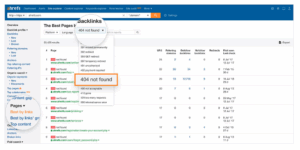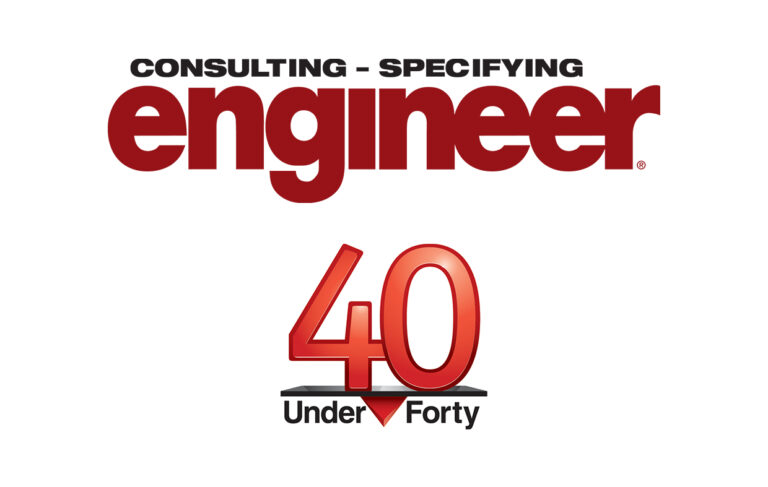If your website experiences a decrease in organic traffic, you might ask yourself: “Did Google change its algorithm again? Or, is this just normal variance?” We know there are defined factors that Google uses to evaluate a website and determine which websites to show for specific search queries. The SEO landscape also changes frequently which causes organic traffic and website performance to ebb and flow. As frustrating as it gets, there are many auditing and monitoring SEO tools to help you find a Google-approved solution to your traffic problem. The five tools listed below will help you diagnose traffic problems, analyze your site and focus on important elements of SEO.
Broken Links and Redirects
Broken links and redirects are one of the most common problems for both big and small websites. Broken links can be caused by website re-design, migration of URLs, outdated product pages, etc. While this issue is often overlooked, it can incite huge problems for SEO, site usability and often result in lost conversions.

Ahref’s Link Checker tool helps you find and fix redirects, broken and problematic links on your website. This tool offers both a site crawl and a site explorer and is the second most active crawler, after Google.
Slow Website/Page Loading Time
Fast website loading speed not only improves user experience across the internet but also improves rankings among search engines. When users experience slow page load times, this results in poor user experience, which leads to Google ranking the site lower, and causes a decrease in traffic. Therefore, it is important to ensure your webpages are fast enough to keep users engaged.

This page speed tool from SeoChat provides an analysis of page load time and shows what components of your webpage take the shortest and longest time to load. Once you find the problematic pages, you can optimize your site accordingly.
Missing Keywords
Search Engines heavily rely on keywords to prominently match your search. Using relevant keywords in your content and frequently expanding your keyword lists increases traffic and helps your keywords achieve higher rankings. When your website lacks relevant keywords, this causes a decrease in search referral traffic and helps your competitors rank higher.
If you have built multiple keyword sets and your search referral traffic is still low, consider finding more relevant keywords and terms your competitors are ranking for. Serpstat’s Missing Keyword Module helps collect missing keywords, search for keywords your competitors rank for, identifies your competitors, finds the search volume of a specific keyword and more.
Mobile Friendliness
According to January 2018 data from Statista, the global mobile population amounted to 3.7 billion unique users. In the United States, 78.2% of internet users access the internet via mobile devices.
In 2019, it is safe to say, if your site is not mobile friendly, you’re missing out on a lot of traffic. Investing in mobile user experience testing and switching to a mobile friendly website is not always an easy change for old and bigger websites, but it is something that must be done.
The best tool to date is Google’s Mobile-Friendly Test as it provides a preview of your page on a mobile device and signals any issues your site may have.
Missing Title Tags or Alt Tags
The alt and title attributes of an image are commonly referred to as alt text or alt tag and title tag. These attributes describe the image and the purpose of the image on the page which allows search engines to better crawl and rank your website. Alt text also helps screen reading tools describe images to visually impaired readers, and improves the overall accessibility of your website.
When your images are missing alt tags, your content is less likely to show on Google’s search engine results page which impacts both organic traffic and SEO.
Screaming Frog’s SEO Spider tool crawls your website to find existing image alt text and missing alt attributes on your website. So far, I have found this tool to be the most effective and easy to use when searching for missing alt and title tags.
By leveraging SEO best practices and applying the fixes listed above, you can greatly increase the chances that your website traffic will improve and your content will show up in response to the right search queries.


